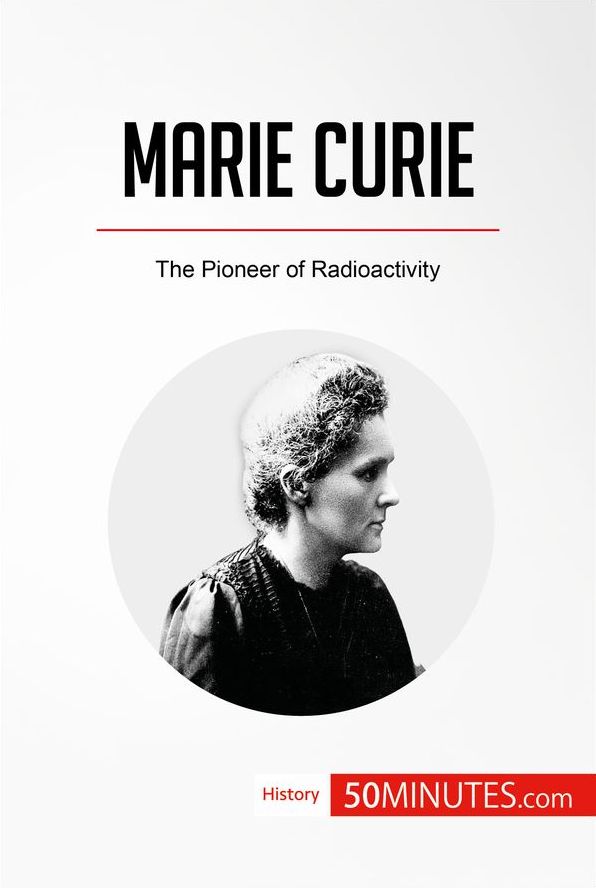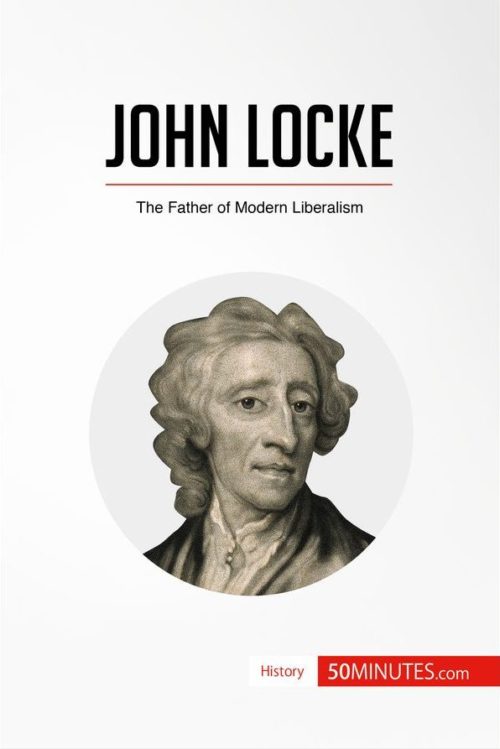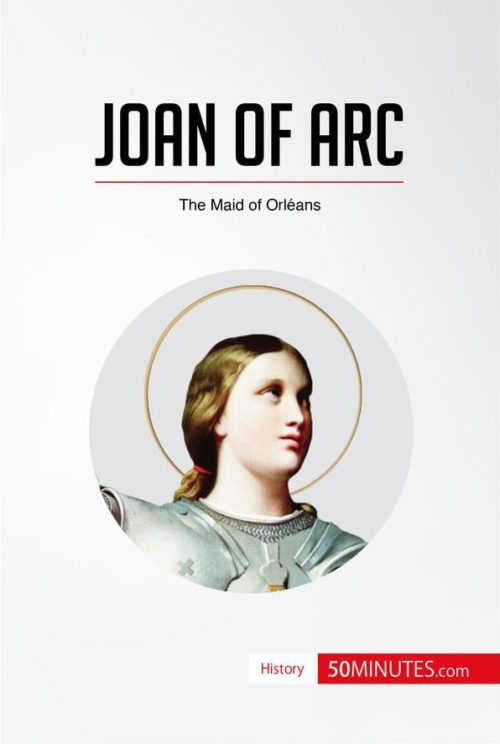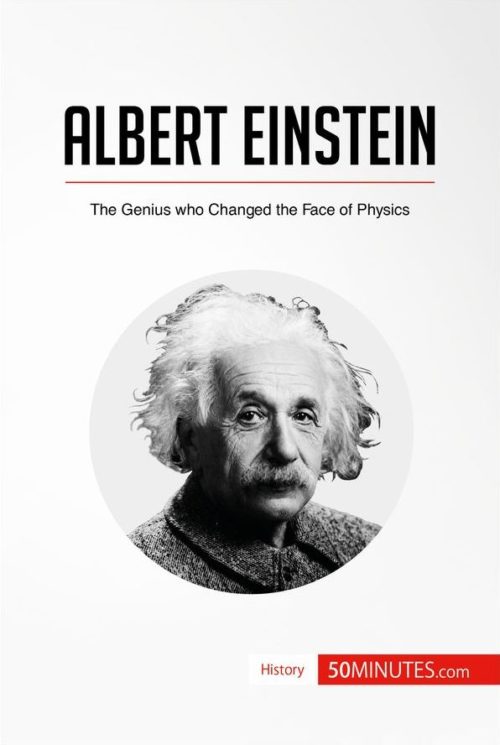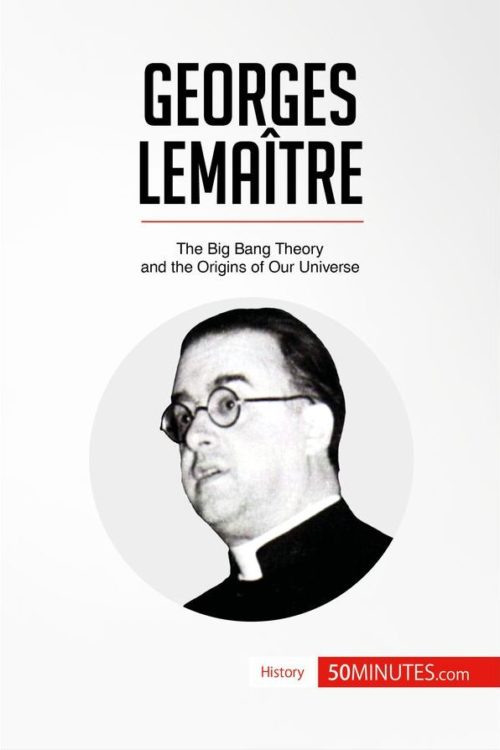Marie Curie
Marie Curie
Read more
Marie Curie was a pioneering chemist and physicist at a time when few women had the opportunity to pursue a career in science and research. She is particularly well-known for her groundbreaking work on radioactivity and her discovery of radium, which revolutionized cancer treatment and challenged scientific theories that had endured since antiquity. Along with her husband Pierre Curie and Henri Becquerel, she was awarded the 1903 Nobel Prize in Physics. This was followed by the Nobel Prize in Chemistry in 1911, and she remains the only woman to receive the award in two different fields. In just 50 minutes, you will learn about the obstacles Curie had to overcome in her scientific career and find out how her discoveries drastically altered our understanding of chemistry and physics.
This straightforward and informative book provides a thorough discussion of the key moments in Curie’s illustrious scientific career, including the development of radiotherapy, the establishment of the Radium Institute and her professorship at the Sorbonne in Paris, making her the first woman to hold this prestigious post. It also features a full biography, a valuable introduction to the political, social and economic context in which she was working and an evaluation of the impact of her discoveries, giving you all the essential information about one of the most influential scientists of the 20th century.
About Marie Curie
Marie Curie was born Maria Salomea Skłodowska in Warsaw, which at that time was under Russian control. In spite of the many obstacles standing in her way (women were barred from attending university in her native Poland, and when she moved to Paris to continue her studies she spent years living in abject poverty), she rose to become one of the most prominent scientists of her generation. Her work paved the way for a new generation of female scientists, including her daughter Irène, who also received a Nobel Prize in 1935. Curie died of leukaemia caused by extensive exposure to radiation in 1934 and is now buried in the Panthéon in Paris alongside her husband Pierre.
This clear and accessible 76-page book is structured as follows:
- Introduction to Marie Curie
- Biography of Marie Curie
- A happy but turbulent childhood
- Early academic promise
- A brilliant but rebellious studnet
- Discovering radium
- From a run-down laboratory to a professorship at the Sorbonne
- The Radium Institute and the search for a cancer treatment
- Political, social and economic context
- Women’s lack of access to education
- Industrial and scientific progress during the Belle Époque
- The rise of feminism
- Key moments
- Henri Becquerel’s influence
- The discovery of two radioactive elements
- Radioactivity and the challenging of established beliefs
- Two Nobel Prizes
- Radiotherapy and its impact on medicine
- Other medical applications
- The end of radium
- Impact of Curie’s work
- Irèen and Frédéric Joliot-Curie and the discovery of artificial radiation
- The Curie Foundation and groundbreaking cancer treatments
- Applications in isotope geochemistry
- The dangers of radiation
- A pioneering woman
- Summary
Product details
| ISBN | 9782808008839 |
|---|---|
| Publisher | Plurilingua Publishing |
| Series | 50MINUTES.COM – History |
| Format | |
| Pages | 76 |
| File size | 4.3 MB |
